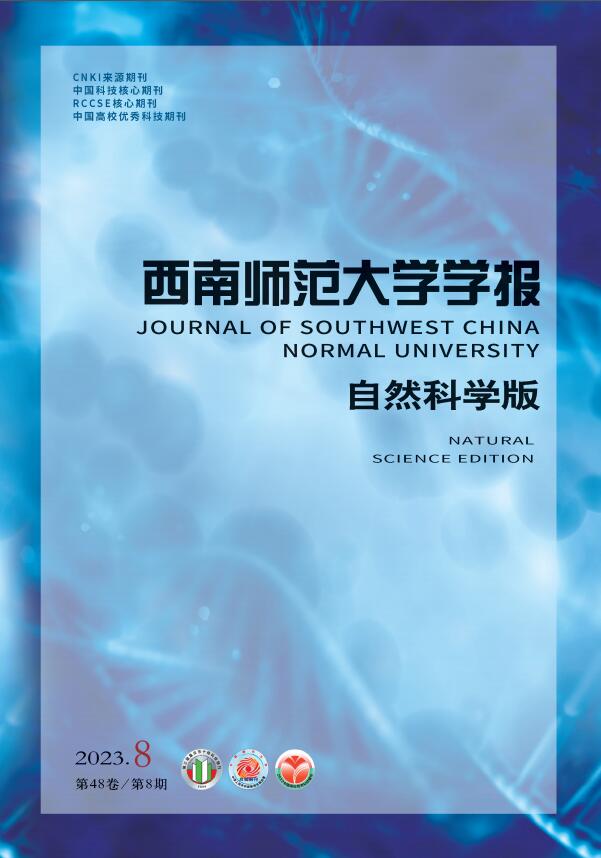-
设(X,Y)是独立同分布的随机变量,具有连续的边缘分布函数FX,FY. 对x,y≥0,定义尾相依函数为
D(1,1)为上尾相依系数[1-2]. 有关尾相依函数的性质见文献[3];有关尾相依系数的推导见文献[4-6]. 尾相依的概念描述了两个随机变量的尾相关结构,尾相关性的一个常用度量方法是所谓的尾相依系数. 尾相依系数在现代风险管理中越来越受到重视,因此估计尾部依赖性是非常重要的. 尾相依系数是尾相依函数的一种特殊情况,它度量两个变量之间的极值相关性. 因此本文考虑动态二元偏正态分布的尾相依函数.
二元偏正态分布的联合密度函数为
其中:
$\phi_2(\cdot ; \rho)$ 表示相关系数为$\rho \in(-1, 1)$ 的二元正态随机变量的密度函数;$\varPhi(\cdot)$ 是标准正态分布函数[7-9]. 偏正态分布相关性质的研究见文献[10-12]. 对于二元偏正态分布的尾部独立性和尾相依系数的收敛速度的研究见文献[4-5, 13]. 假设($\xi, \eta$ )服从等偏动态二元偏正态分布,即$\rho=\rho_n, \alpha_1=\alpha_2$ ,由(2)式可知其联合密度函数为$f(x, y)=2 \phi_2\left(x, y ; \rho_n\right) \varPhi(\alpha x+\alpha y), \alpha \in \mathbb{R}$ ,记连续的边缘分布函数为$F(\cdot)$ ,边缘密度函数为$f(x)=2 \phi(x) \varPhi\left(\beta_n x\right)$ ,偏度系数$\beta_n=\frac{\alpha\left(1+\rho_n\right)}{\sqrt{1+\alpha^2\left(1-\rho_n^2\right)}}$ ,依据文献[5]假设当$n \rightarrow \infty$ 时,$\rho_n$ 满足当α=0时,文献[14]给出了二元正态分布在Hüsler-Reiss条件[15]即(3)式成立情况下的尾相依函数. 对x,y>0,根据(1)式再结合文献[1, 14],定义(ξ,η)的下尾相依函数为
其中
本文分别考虑偏度参数α < 0和α>0时的动态二元偏正态分布的尾相依函数.
HTML
-
对参数为
$\alpha \in \mathbb{R}$ 的偏正态分布函数F,定义$F^{\leftarrow}(x)$ 表示$F(x)$ 的逆函数. 我们有如下两个引理.引理1 设函数
$g_n(v)$ (v)由(6)式给出,则证 由文献[16]易得.
引理2 假设(3)式成立,当
$n \rightarrow \infty$ 时,有证 结合引理1和(3)式得证.
定理1 假设(3)式成立,则对x,y>0,有
证 根据(5),(6)式以及条件概率积分公式有
其中
若
$\alpha <0$ ,则$\beta_n <0$ ,当$n \rightarrow \infty$ 时,$\frac{x}{n} \rightarrow 0^{+}, g_n(x)=F^{\leftarrow}\left(\frac{x}{n}\right) \rightarrow-\infty$ ,所以$\varPhi\left(\beta_n g_n(x)\right) \rightarrow 1$ . 由及(8)式可得
由于
$n \rightarrow \infty$ 时,$\varPhi\left(\alpha\left(g_n(x)+g_n(v)\right)\right) \rightarrow 1, \varPhi\left(\beta_n g_n(x)\right) \rightarrow 1$ ,再结合引理2,(8)式取极限为由(7)和(9)式,根据Φ(·)的连续性和控制收敛定理,有
由ε任意性,α < 0情形得证.
若
$\alpha>0$ ,当$n \rightarrow \infty$ 时,$g_n(v) \rightarrow-\infty$ ,并且$-\alpha \sqrt{1-\rho_n^2} z-\alpha\left(1+\rho_n\right) g_n(v)>0$ . 当$\beta_n>0$ 时,$-\beta_n g_n(v)>0$ . 由$\varPhi(x)=1-\varPhi(-x)$ 可得根据Mills不等式
当
$n \rightarrow \infty$ 时,有同样地
再结合引理2时(8)式取极限,有
由(7)和(11)式,根据Φ(·)的连续性和控制收敛定理,有
由ε的任意性,定理证毕.






 DownLoad:
DownLoad: